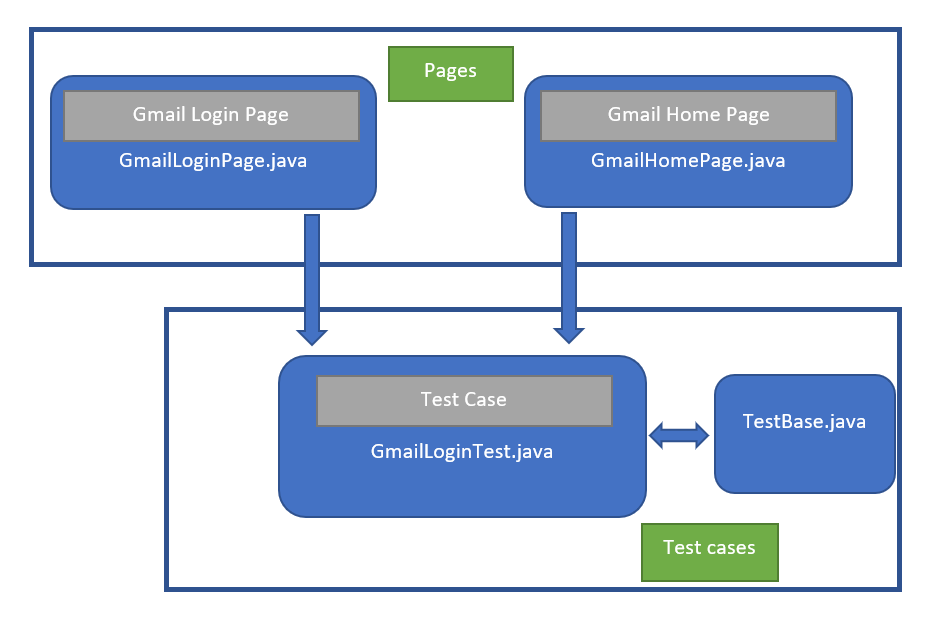
Best Practices for Writing Maintainable and Robust Appium Tests
With the rapid evolution of technology, automation testing has emerged as a favored approach in software development cycles. Appium, an open-source tool, is widely adopted for automating mobile application testing. Nevertheless, crafting durable and fault-tolerant Appium tests can be a complex undertaking.
One of the biggest challenges encountered while writing Appium tests is effectively managing the code’s intricacy. Similar to Selenium, it also supports different frameworks for mobile automation testing, like Java, JavaScript, and Python. Test scripts can rapidly become convoluted, rendering them arduous to maintain if not written with maintainability as a guiding principle.
Another issue encountered during Appium testing is ensuring test stability and eliminating flakiness. Flaky tests are a source of frustration for developers, as they can produce erroneous results in the form of false positives or false negatives.
Altogether, the answer to all the questions and queries is to have a comprehensive understanding of Appium architecture and the underlying software stack. This is where best practices for writing manageable and robust Appium tests come into force. This blog will examine the best practices that developers and testers can follow to write maintainable and vigorous Appium tests.
Use Consistent Naming Conventions
Utilizing consistent naming conventions is considered one of the best practices for writing maintainable and robust Appium tests. When naming the test cases, test suites, and elements, it is of utmost importance to use descriptive and meaningful names that explicitly reflect their intent and function. Consistent naming conventions make it facile to identify and comprehend the purpose of each element and test case. This approach is paramount for maintaining the test suite over time.
By utilizing a consistent naming convention, developers can minimize confusion and avoid duplication of effort when multiple team members are working on the same test suite. Overall, applying this practice will enhance the maintainability and readability of your Appium tests, ultimately leading to better-quality software.

Implement Page Object Model Architecture
Implementing the Page Object Model (POM) architecture is one of the best practices for writing maintainable and robust Appium tests. The POM design pattern equips with an object-oriented approach to organizing test code. This is done by separating the test logic from the page elements and actions. Further, this approach authorizes easier maintenance, as any modifications made to the page structure or functionality can be made in one central location rather than scattered throughout the test code.
It is also vital to note that the POM architecture promotes code reusability. This diminishes the portion of duplicate code, making the test suite more efficient. By embracing the POM approach, test cases become more modular, readable, and scalable. This makes it easier to add new tests or make alterations to the existing ones. Altogether, implementing the POM architecture is a valuable step toward creating a maintainable and robust Appium test suite.
Keep Tests Short and Focused
One of the pivotal practices for writing maintainable and robust Appium tests is to keep tests short and focused. Long and complex tests can be tricky and challenging to maintain and debug. It may also result in longer test run times. That is why it is crucial to break down tests into smaller, focused tests that target specific functionality or features. This approach makes it easier to maintain the tests. It also helps to determine issues and defects more swiftly.
By keeping tests short and focused, you can improve the efficiency and effectiveness of your Appium testing efforts, leading to more reliable and high-quality software. It is noteworthy that briefer tests are typically easier to debug. It can also deliver more precise information about where an issue occurred.
Avoid Hard Coding Values
When writing Appium tests, it is of utmost importance to follow best practices for maintainability and robustness. One of the most noteworthy practices to keep in mind while writing the test is to avoid hard coding values. Hard coding values can accelerate brittle tests that break effortlessly when modifications are made to the application under test.
Instead of that it is advised to utilize variables or data files to store values that may change over time. These variables or data files include usernames, passwords, or other input values. This technique makes it facile to maintain tests and update them when required. It can be done without searching for and replacing hard-coded values throughout the test code. By avoiding hard coding values, Appium tests can be written in a more scalable and modular way. This makes Appium tests easier to maintain and update over time.

Use Wait Conditions Wisely
Utilizing the wait conditions is of utmost importance for writing maintainable and robust Appium tests. Nonetheless, it is crucial to employ the wait conditions wisely to evade flaky and erratic tests. The best practice for utilizing the wait conditions is to restrict their usage to only the necessary elements on the screen. It may be tantalizing to use generic wait conditions such as thread sleep or implicit wait. However, using them can greatly slow down the test execution time, which can lead to imprecise results.
Rather than this, it is advised to use the explicit wait conditions that target specific elements on the screen that require time to load. This step will assist in diminishing the wait time. It will also ensure that the test will wait only for crucial elements to load before proceeding. It is also recommended to avoid utilizing fixed wait times as they are not reliable and may vary depending on the device and network conditions.
Instead of using wait conditions, it is recommended to use dynamic wait conditions that acclimate to the test environment. The dynamic wait conditions also guarantee that the test waits only as long as necessary. By utilizing wait conditions shrewdly, developers can significantly improve the maintainability and robustness of their Appium tests.
Use a Data-Driven Testing Approach
Utilizing a data-driven testing approach is considered one of the crucial practices for writing maintainable and robust Appium tests. This approach incorporates segregating test data from the test case logic, authorizing more efficient and effective testing. Test data is stored in separate files or databases. This makes it easy to update and maintain the test data without impacting the test case logic.
With this technique, tests can be run with different data sets while increasing test coverage. It will also diminish the need for writing redundant test cases. Furthermore, it is also crucial to note that data-driven testing authorizes the identification of patterns and trends in test data. This can be utilized to optimize testing strategies and enhance overall test quality. By executing a data-driven testing approach, Appium test scripts can be more maintainable, steadfast, and scalable.
Utilize Test Reporting Tools
Utilizing test reporting tools plays a vital role in writing maintainable and robust Appium tests. The test reporting tools deliver a comprehensive overview of the test execution. This includes the test results, errors encountered, and screenshots of the application at different stages. This information is paramount in pinpointing the root cause of any issues encountered during the test execution.
There are numerous test reporting tools available in the market, like Allure, Extent Reports, and TestNG Reports. Developers and testers can incorporate these tools in their Appium test framework to provide detailed reports in varied formats, such as HTML, XML, and JSON. By utilizing these test reporting tools, developers can ensure that the Appium tests are steadfast and consistent. Utilizing these tools also assures that any issues can be swiftly identified and resolved.
Here, the Appium test can be leveraged by using a cloud-based platform like LambdaTest. It simplifies the process of testing Appium-based applications that help you to create and execute tests, and you can check the reliability of the software. When you use LambdaTest, the Appium test can be done across a large farm of browsers, OS, and devices. It is also possible to run your Appium test in parallel across different devices and browsers.
It offers a scalable testing cloud environment that can manage a huge number of test execution. Hence, you can have a robust Appium test with LambdaTest, where you can also generate test reports, real-time testing, and debugging.

Regularly review and Refactor Tests
Regularly reviewing and refactoring Appium tests is critical for writing maintainable and robust tests. As software applications evolve, so do the tests that ensure their functionality. Regularly reviewing and refactoring tests assist in guaranteeing that they remain precise, efficient, and relevant to the current state of the application. This procedure implicates pinpointing areas of the test where improvements can be made, such as removing redundant test cases or updating test data to reflect modifications in the application.
Conclusion
Writing maintainable and robust Appium tests requires a mindful approach that evaluates all aspects of the development process. By following the best practices discussed in this blog, developers can create tests that are not only effective but also sustainable.
Eventually, writing maintainable and robust Appium tests ushers to better-quality applications, happier end users, and a more efficient development process. By prioritizing maintainability and robustness in Appium testing, developers can ensure their applications stand the test of time.